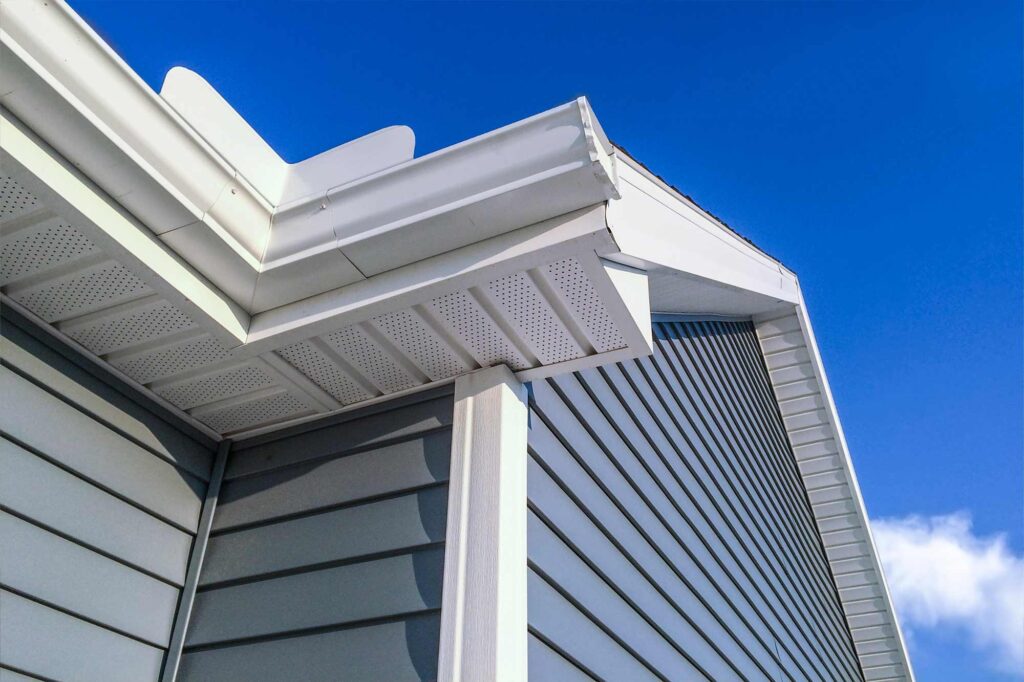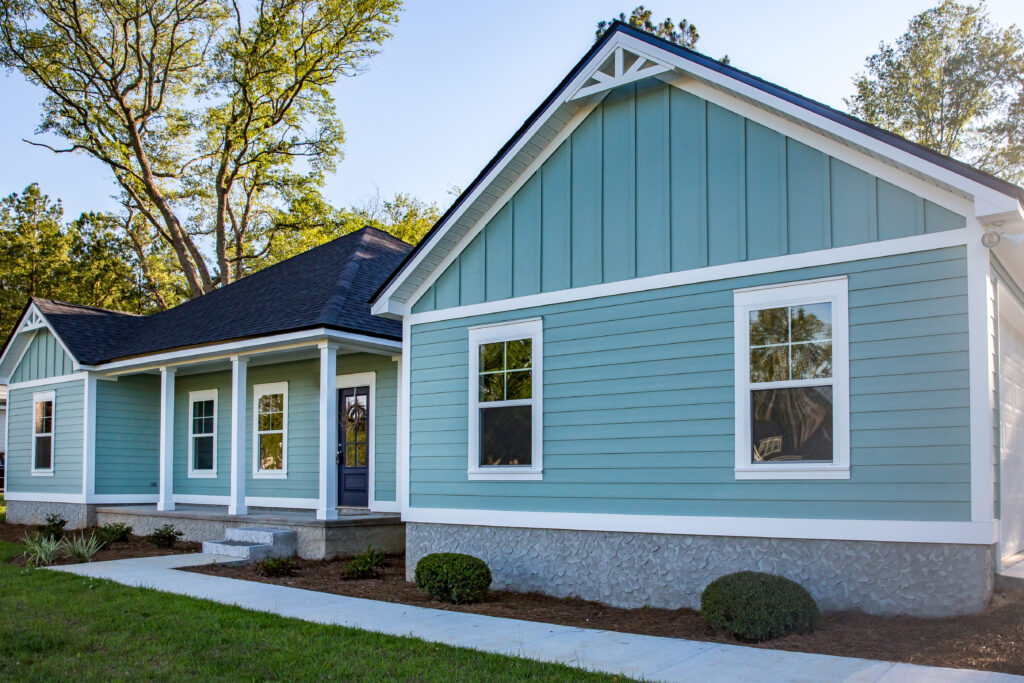Natural light has a transformative power that can enhance the look and feel of any living space. It not only brightens up the room but also has numerous benefits for our well-being. From boosting our mood and productivity to creating a sense of spaciousness, maximizing natural light should be a priority when designing and organizing our living spaces.
In this blog, we will explore a range of helpful tips and strategies for maximizing natural light in your home. Whether you’re dealing with a small apartment or a larger house, these practical suggestions will enable you to make the most of the available sunlight, creating a welcoming and vibrant atmosphere.
Assessing your space
Before diving into the various techniques for maximizing natural light, it’s important to assess your space and understand its unique characteristics. By doing so, you can identify the current natural light sources, pinpoint any obstacles that may hinder light flow, and determine the orientation of your living spaces.
A. Evaluating current natural light sources: Take note of the windows and doors in your living spaces. Consider their size, placement, and the direction they face. Windows that face south or west tend to receive more direct sunlight throughout the day, while north-facing windows may receive softer, indirect light. Understanding the natural light patterns in your space will help you plan accordingly.
B. Identifying obstacles to natural light: Look for any objects or elements that obstruct the path of natural light. It could be furniture, curtains, or large plants placed too close to windows. These obstructions can significantly reduce the amount of light that enters the room. Take note of these obstacles and consider ways to rearrange or remove them to allow for better light penetration.
C. Determining the orientation of your living spaces: The orientation of your home plays a crucial role in the amount of natural light it receives. If possible, determine the cardinal directions (north, south, east, west) of your rooms. This information will help you understand which areas receive more sunlight at different times of the day. It will guide your decisions on how to maximize light based on the specific orientation of each space.
By assessing your space and understanding its natural light dynamics, you can develop a tailored approach to maximize the potential of natural light in your living areas.
Optimizing window treatments
Window treatments not only provide privacy and style to your living spaces but also have a significant impact on the amount of natural light that enters a room. By choosing the right window coverings and treatments, you can maximize the flow of natural light while still maintaining control over privacy and glare. Here are some tips to help you optimize your window treatments for enhanced natural light:
- Sheer curtains or blinds are a great option for allowing ample natural light into your space. Their translucent nature filters sunlight, creating a soft and diffused glow while maintaining privacy. Opt for light-colored sheer fabrics that allow maximum light transmission.
- Dark or heavy window coverings can absorb and block natural light. Instead, choose light-colored or neutral window treatments that reflect light and brighten the room. White, beige, or pastel shades can help create an airy and light-filled atmosphere.
- Thick, heavy drapes or dark-colored curtains can weigh down a space and impede the flow of natural light. If privacy is a concern, consider using lightweight curtains in a light color palette, or opt for blinds that can be adjusted to allow light in while still providing privacy.
Remember, the goal is to maximize the amount of natural light entering the room while maintaining functionality and aesthetics. The right window treatments will allow you to strike the perfect balance between natural light and privacy.
Enhancing reflective surfaces
Strategic use of reflective surfaces can significantly amplify the natural light in your living spaces. By incorporating materials and finishes that bounce light around the room, you can create a brighter and more luminous atmosphere. Here are some tips for enhancing reflective surfaces:
- Using mirrors strategically: Mirrors are an excellent tool for maximizing natural light. Place mirrors directly across from windows to reflect light deeper into the room. You can also position them at angles to bounce light around corners and darker areas. Use larger mirrors or mirrored furniture to create a greater impact.
- Incorporating glossy finishes: Choose furniture and surfaces with glossy or reflective finishes. Materials like glass, polished metal, or lacquered surfaces can bounce light around space, making it feel brighter and more spacious. Consider incorporating reflective elements through decorative objects, such as mirrored trays or glass tabletops.
- Selecting light-colored furniture and accessories: Light-colored furniture and accessories can contribute to the overall reflection of natural light. Choose pieces in neutral or light tones that will help bounce light around the room. Consider upholstery, rugs, and decorative items in light shades to enhance the luminosity of the space.
By strategically incorporating reflective surfaces, you can optimize the natural light in your living spaces and create a visually stunning and inviting environment.
Clearing obstructions and decluttering for Natural Light
One of the simplest yet most effective ways to maximize natural light in your living spaces is to remove obstructions and keep the area clutter-free. By clearing the path of light, you allow it to flow freely and illuminate the room. Here are some tips for clearing obstructions and decluttering your space:
A. Removing unnecessary objects blocking windows: Look at the areas around your windows and remove any objects that block or restrict the entry of natural light. This could include furniture, large plants, or decorative items that obstruct the windows. By creating a clear path, you allow the maximum amount of light to enter the room.
B. Rearranging furniture to maximize light flow: Consider the placement of your furniture in relation to the windows. Arrange your furniture in a way that allows light to reach as many areas of the room as possible. Avoid positioning large or bulky pieces directly in front of windows, as they can block light and cast shadows. Instead, opt for open and airy arrangements.
Clutter can not only make a room feel smaller but also absorb and block natural light. Keep your living spaces tidy and organized by minimizing unnecessary items. Find proper storage solutions to keep belongings out of sight, creating a clean and uncluttered environment that allows light to bounce off surfaces and brighten the room.
By decluttering and removing obstructions, you create a clear and open space that allows natural light to reach every corner of the room.
Painting and wall finishes
The colors and finishes you choose for your walls can greatly influence the amount of natural light in your living spaces. By opting for the right paint colors and wall finishes, you can enhance the brightness and create a more light-filled atmosphere.
Light-colored walls, such as whites, creams, or pale pastels, have a reflective quality that helps bounce natural light around the room. These colors create an illusion of spaciousness and brightness, making the space feel more open and inviting. Consider using a satin or eggshell finish for a soft sheen that reflects light.
When it comes to wall finishes, matte or satin options tend to work best for maximizing natural light. These finishes have a subtle reflection that helps diffuse light throughout the room, creating a softer and more balanced illumination. Avoid high-gloss finishes, as they can create glare and distract from the natural light.
While light-colored walls are ideal for maximizing natural light, you can also incorporate accents or wallpaper with light patterns to add interest and depth. Choose designs with delicate patterns or metallic accents that can catch and reflect light. Be mindful not to overwhelm the space and use these features sparingly.
By selecting the right paint colors and wall finishes, you can transform your living spaces into light-filled havens. The next section will explore how outdoor elements and landscaping can impact natural light in your home.
Landscaping and outdoor elements
The outdoor environment surrounding your home can significantly impact the amount of natural light that enters your living spaces. By strategically managing landscaping and incorporating certain outdoor elements, you can optimize the presence of natural light indoors. Consider the following tips for maximizing natural light through landscaping and outdoor elements:
A. Trimming trees or plants obstructing windows: Check to see if the trees and plants near your windows are blocking natural light. Trim any overgrown branches or foliage that may be obstructing sunlight from entering your home. By maintaining a clear view, you can allow more light to filter through the windows.
B. Installing skylights or light tubes: If you have limited windows or areas with little natural light, consider installing skylights or light tubes. These can bring in additional sunlight from above and distribute it throughout the room. Skylights are particularly useful for rooms with flat roofs, while light tubes are suitable for areas where direct roof access may be challenging.
C. Utilizing light-enhancing outdoor features: Incorporating light-enhancing outdoor elements can have a positive impact on natural light indoors. Consider using light-colored paving stones or reflective surfaces in your outdoor design. These features can help bounce light back into your living spaces, especially if they are positioned near windows.
By managing your outdoor environment and utilizing certain outdoor elements, you can harness the power of natural light and bring its beauty indoors.
Cleaning and maintaining windows
Clean and well-maintained windows are essential for maximizing the amount of natural light that enters your living spaces. Over time, windows can accumulate dust, dirt, and grime, hindering the transmission of sunlight. By regularly cleaning, maintaining your windows, and ensuring your windows stay in good condition, you can ensure optimal light flow. Consider the following tips for cleaning and maintaining windows:
Maximizing natural light in your living spaces is a powerful way to enhance the overall ambiance, aesthetics, and well-being of your home. By implementing the tips and strategies discussed in this blog, you can transform your space into a bright, inviting, and uplifting environment. Call us today at 414-261-2067 to schedule your free consultation and find out how we can help you maximize natural light in your home!










